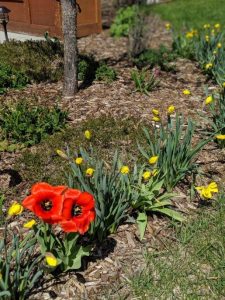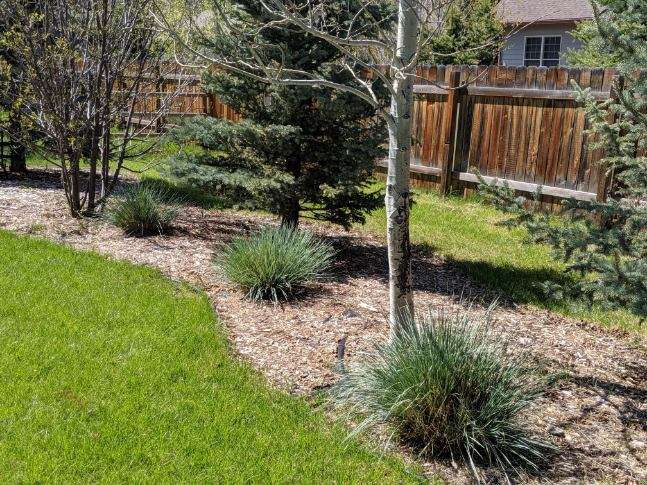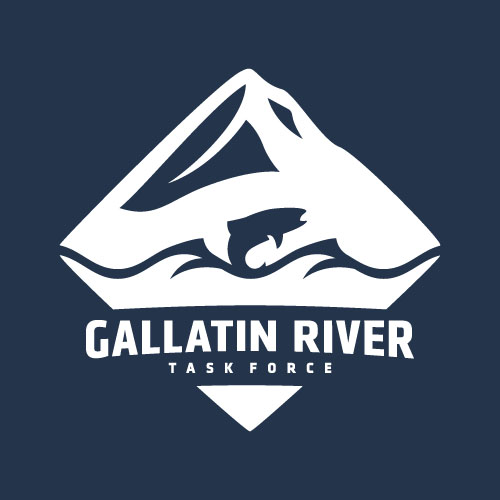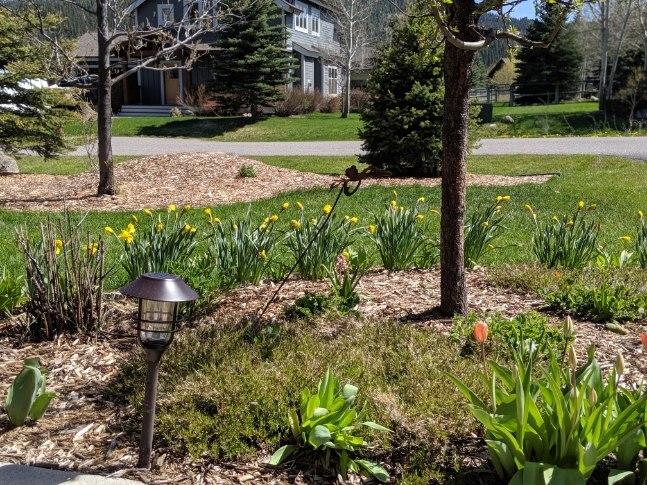When I set out to write this article about landscaping, native wildflowers, and summer irrigation, it was dumping snow and below freezing. Now, it’s 65 and sunny. Ahhhhhh, spring in Montana. The calendar might say one thing, but Mother Nature always has her own plans.
Regardless of spring’s temperamental weather patterns, now is the time to start planning your summer gardens or landscaping upgrades. As you do, keep the river in mind—the choices you make could have positive ripple effects across the watershed, especially if you choose to plant native species.
Summer irrigation on an average year accounts for seven to eight times more total water use than winter, even though winter sees far higher visitation. Most of this use can be attributed to irrigation, primarily on grass lawns and golf courses. “Native landscaping saves water big time,” says Jennifer Mohler, executive director of the Gallatin Invasive Species Alliance. “Once plants are established, they do not need supplemental irrigation. They are ideal for the lazy gardener. Once those plants are established, they’re bomber.” According to Mohler, because native plants have evolved in our semi-arid ecosystem, they do not need fertilization, and require only normal rainfall.

Sodding your property with green grass has other negative consequences, as well. It destroys native vegetation that provides habitat for wildlife and pollinators, and introduces invasive species that can wreak havoc on an ecosystem. This type of landscaping also involves heavy fertilizer use, pollutants that can be harmful to aquatic life when flushed into our streams and rivers by stormwater runoff or snow melt.
As more native flora is torn up and replaced with sod lawns, the problem grows—but it does have a solution.
Landscaping can have such a large impact on water quality and quantity that the Gallatin River Task Force is launching a Trout-Friendly Landscaping certificate program. “The program encourages the community to create sustainable landscapes suitable for our mountain environment,” says Emily O’Connor, program manager for the Task Force. “A sustainable landscape is beautiful, functional, easy to maintain, environmentally friendly, and defensible from wildfire. Each yard and landscape in Big Sky is part of the Gallatin Watershed, and the landscaping choices we make and business practices we follow influence water quality, habitat, and recreational opportunities.”
Luckily, those choices needn’t be difficult ones. The certification consists of following trout-friendly landscaping guidelines for plant selection, soil improvement, practical turf areas, efficient irrigation, chemical reduction and lastly, erosion control and streamside buffers. The landscaping guidelines address different ecosystem threats; taken together they all contribute to improved water quality and increased water quantity.

Trout-friendly lawns require less water and less maintenance, saving time and money
Overwatering your lawn—something many of us are unintentionally guilty of—wastes more than water. It’s also a drain on your wallet and a drain on your time. Because native landscapes require almost no maintenance, you have more time for fishing, hiking, biking, and rafting, and isn’t that why you live here? To spend time outdoors recreating, not time working on your lawn?
Many of us hike mile after grueling mile to see a meadow filled with sage or a hillside speckled with wildflowers. We choose organic and local at the grocery store and opt to “shop small” because we value community development and supporting our neighbors. Why not apply a similar value system to our lawns? By planting a trout-friendly lawn we can connect to the wild places we love, instead of tearing them apart.
Get started with your trout-friendly certificate here.

